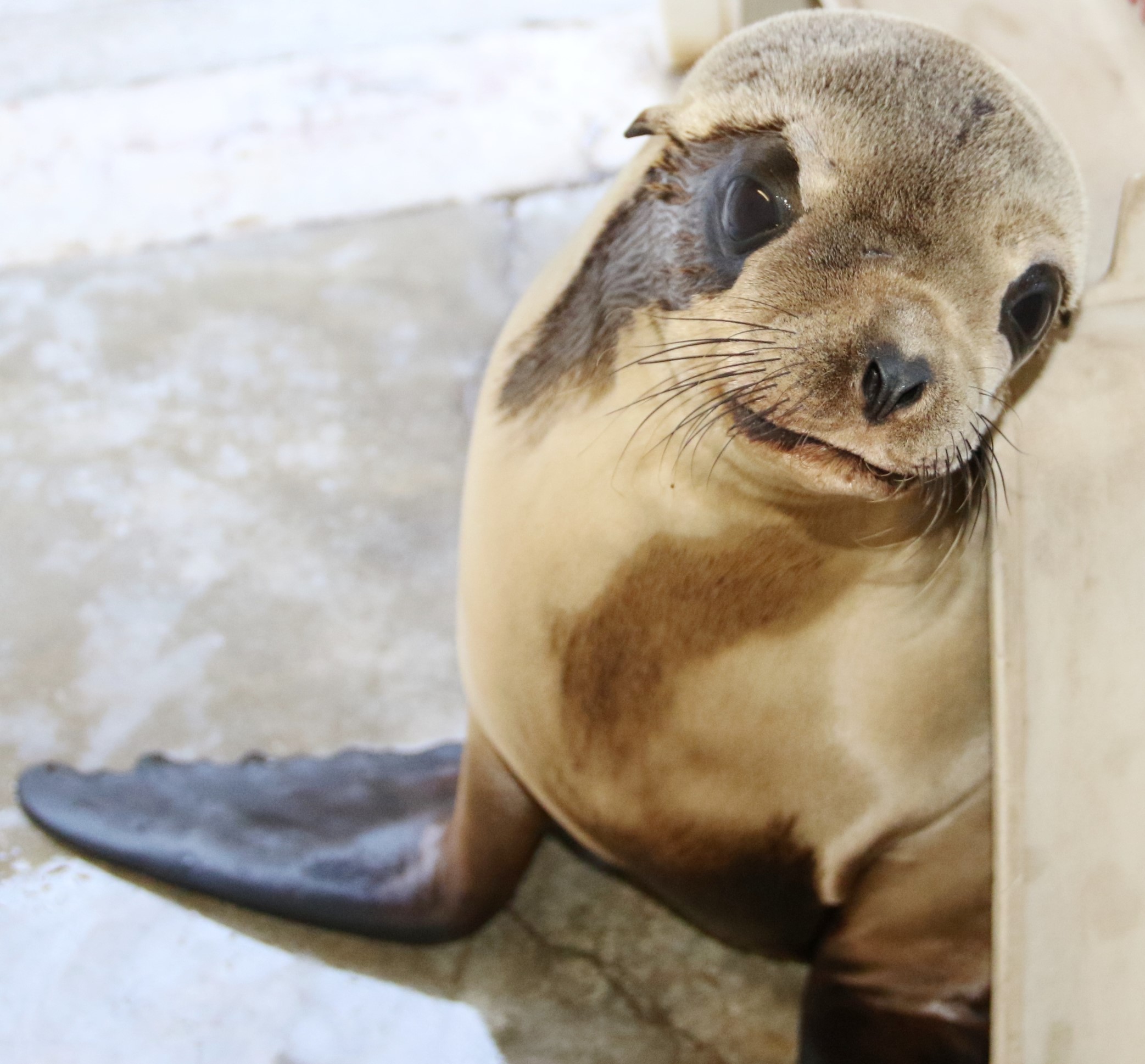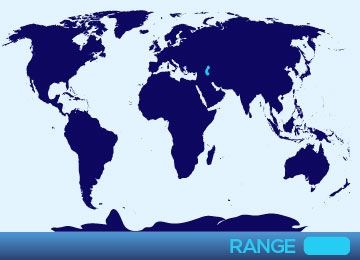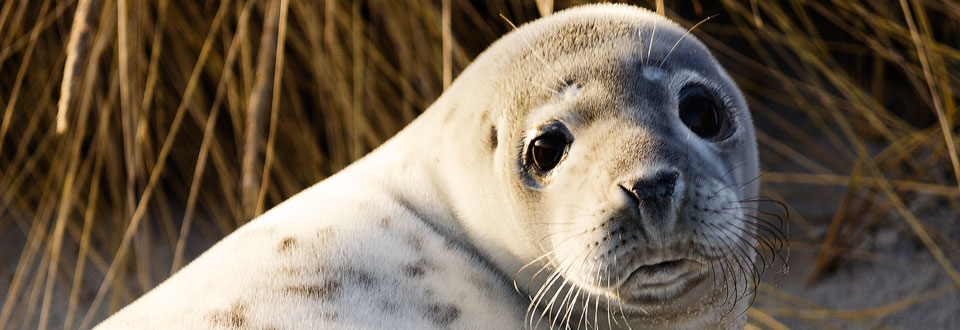
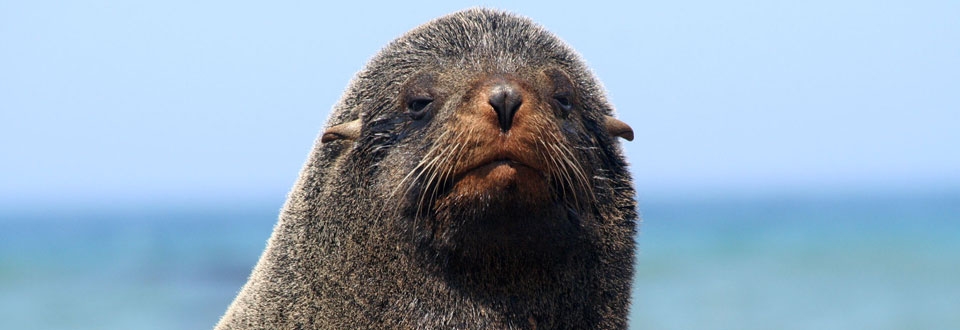
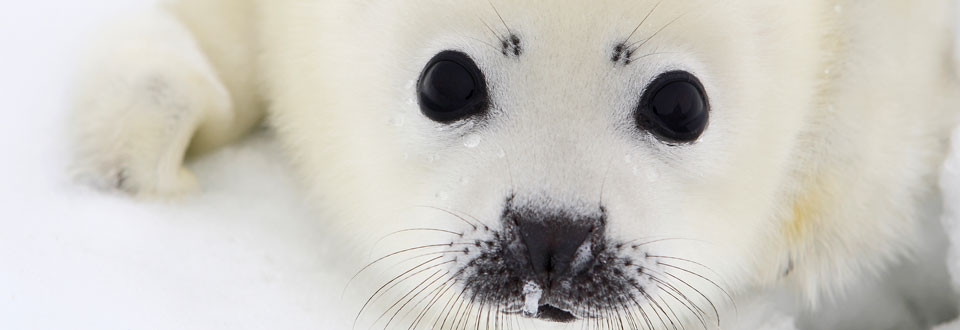
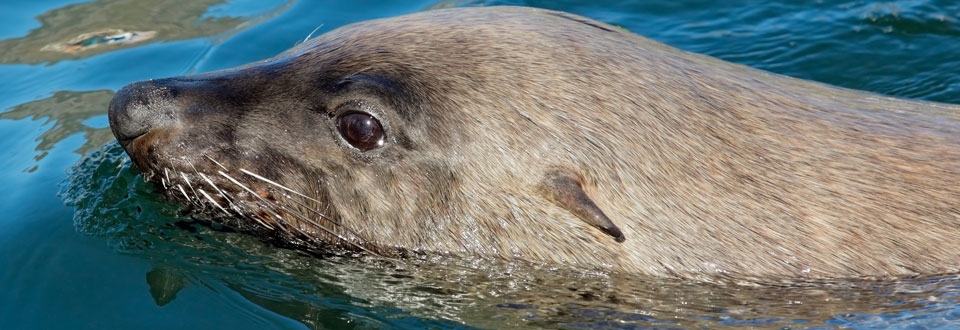
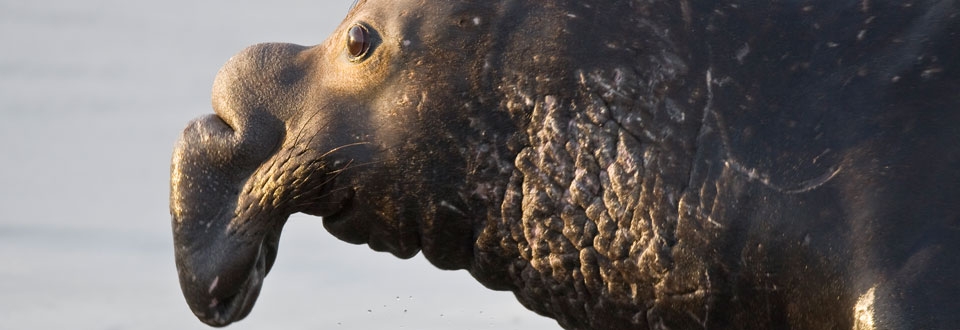
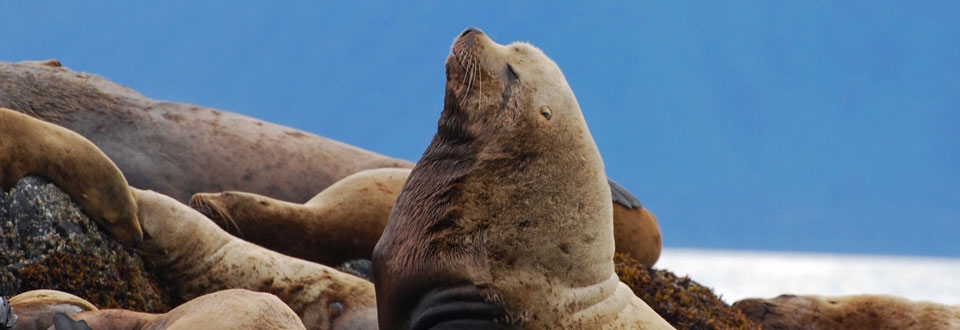
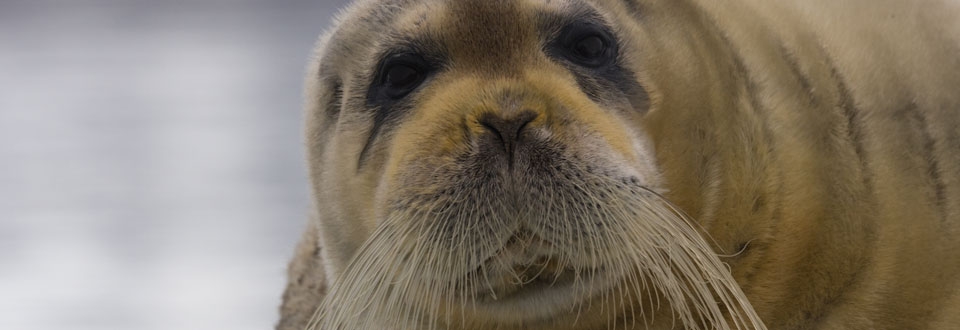
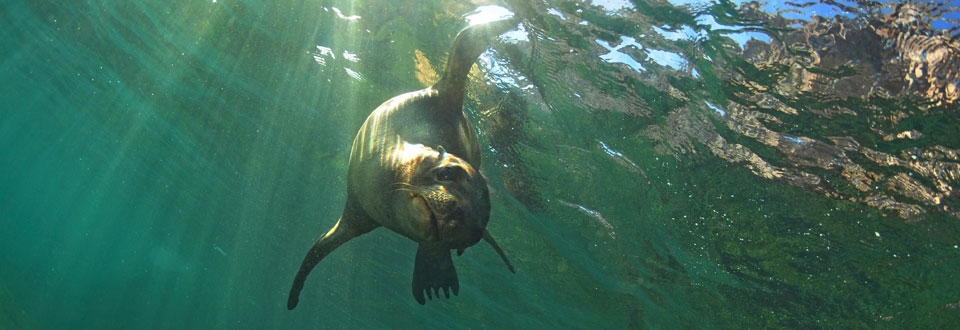
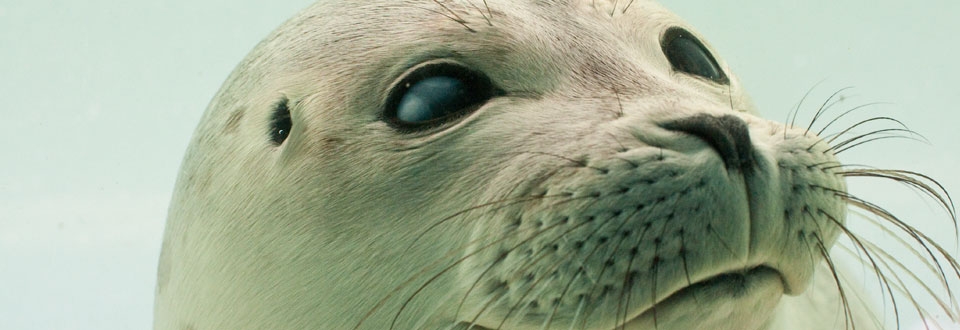
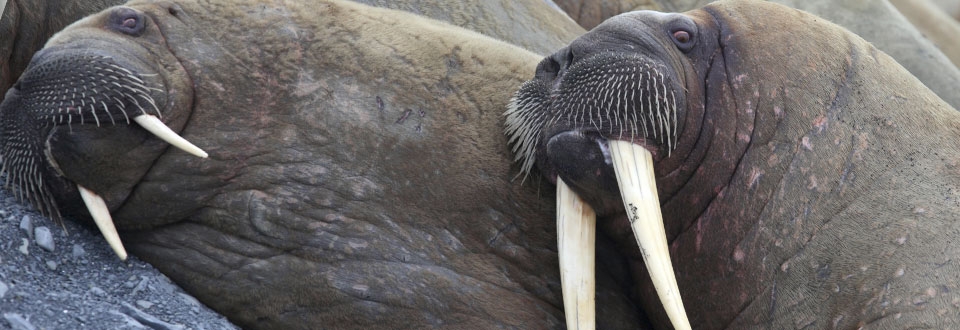
Pinniped Species
All
x
- – No known individuals remaining.
- – Known only to survive in captivity, or as a naturalized population outside its historic range.
- – Extremely high risk of extinction in the wild.
- – High risk of extinction in the wild.
- – High risk of endangerment in the wild.
- – Likely to become endangered in the near future.
- – Lowest risk. Does not qualify for a higher risk category. Widespread and abundant taxa are included in this category.
- – Not enough data to make an assessment of its risk of extinction.
- – Has not yet been evaluated against the criteria.
Caspian Seal
- – No known individuals remaining.
- – Known only to survive in captivity, or as a naturalized population outside its historic range.
- – Extremely high risk of extinction in the wild.
- – High risk of extinction in the wild.
- – High risk of endangerment in the wild.
- – Likely to become endangered in the near future.
- – Lowest risk. Does not qualify for a higher risk category. Widespread and abundant taxa are included in this category.
- – Not enough data to make an assessment of its risk of extinction.
- – Has not yet been evaluated against the criteria.
Adult Males and Females: 3- 5 ft.
Pup: 2-3 ft.
Adult Males and Females: 70-110 lbs.
Pup: 11 lbs.
The Caspian seal is only found in the Caspian Sea bordered by Russia, Azerbaijan, Iran, Turkmenistan and Kazakhstan. Caspian seals migrate to different parts of the Caspian Sea during different seasons. From May to September, most Caspian seals live in the southern part of the Caspian Sea. In autumn, they migrate north to the ice sheets for the birth of their newborn pups and breeding season.
Caspian seals are the smallest pinnipeds in the true seal family and are the only mammals found in the Caspian Sea. The adult coats are a grayish-yellow to dark grey with a lighter underbelly. Males tend to be darker with dark spots over their entire body, while females tend to be lighter with light spots on the back, but not the belly. Their spots can be encircled by light colored rings. Caspian seal pups have a coat of long white to silver grey fur called lanugo.
Kilkas (Cluponella) account for 70% of their diet with sculpins, gobies, herring, carp, smelt, and crustaceans accounting for the other 30% varying with the seasons and water depths.
Caspian seals live in the temperate region of the Caspian Sea on islands or fast ice sheets. They can also be found in the estuaries of the Caspian Sea. During the winter months they live on ice caps, which are their breeding grounds. During the summer months, they migrate south and live on sand banks or rocky areas on islands, but not on the main coastline.
Caspian seals are thought to be monogamous (more observation is needed) and fighting for mates during the breeding season has not been observed. Caspian seals give birth in protected areas on ice sheets after an eleven month gestation period and the pups are weaned after 4 to 5 weeks. Females become sexually mature at 5 to 7 years, while males become sexually mature at 6 to 7 years. Both males and females reach physical maturity at 8 to 10 years.
In October of 2008 the Caspian seal’s status in The International Union for Conservation of Nature (IUCN) was changed from vulnerable to endangered. The Caspian seal population is reducing by 3-4% every year. There was a Caspian Seal Conservation Action Plan (CSCAP) agreed on in 2007 by all five Caspian countries, but the plan has yet to be implemented in practice.
Vigorous and unsustainable hunting since the mid-18th century has lead to thousands of seals killed on the breeding grounds every year. Historically, these seals have been commercially hunted for their blubber and the fur of newborn pups despite the IUCN’s endangered status. Russia still considers the Caspian seal a harvested species issuing hunting quotas of 18,000 seals every year. In addition to the legal hunting in Russia these seals are also illegally hunted, with over half of them consisting of pups. Also, it is estimated that about 12,000 seals are caught annually in nets illegally set for sturgeon in the North Caspian Sea and by-catch in fishing nets has now become the most serious factor in the decline of the population. In 1997, 2000, and 2001 there were mass mortalities of the Caspian seal reported and it was found that the cause was high levels of DDT in the blubber of the seals as well as a strain of canine distemper virus (CDV) in the brains of the animals. The virus is thought to still persist in the seal population, but there are no longer any large-scale mortality events from it. Intensive commercial fishing by man of the Caspian Sea has a serious effect on the food resources for the Caspian seal. Besides pollution and human impact the natural predators of the Caspian seals include sea eagles and wolves.
Caspian seals typically dive up to 50 meters or 164 feet. They make aggressive snorts or use flipper waving to keep other seals at a distance. Caspian seal pups cannot enter the water until after 3 weeks or their until they molt and get their adult fur, because their pup fur is not insulated and if they get wet they will freeze to death. The closest relative of the Caspian seal is the Ringed seal.




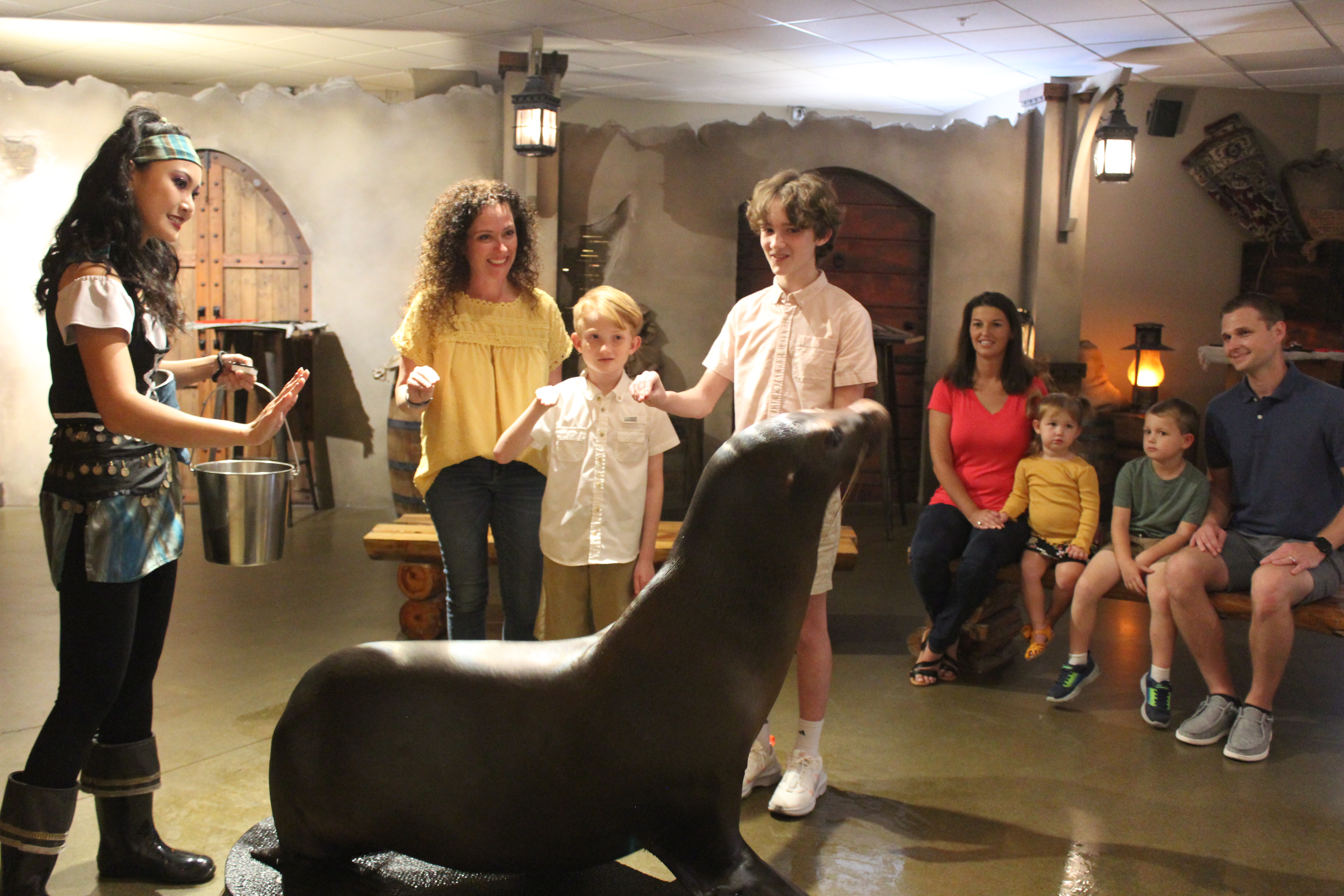 Animal Encounter
Animal Encounter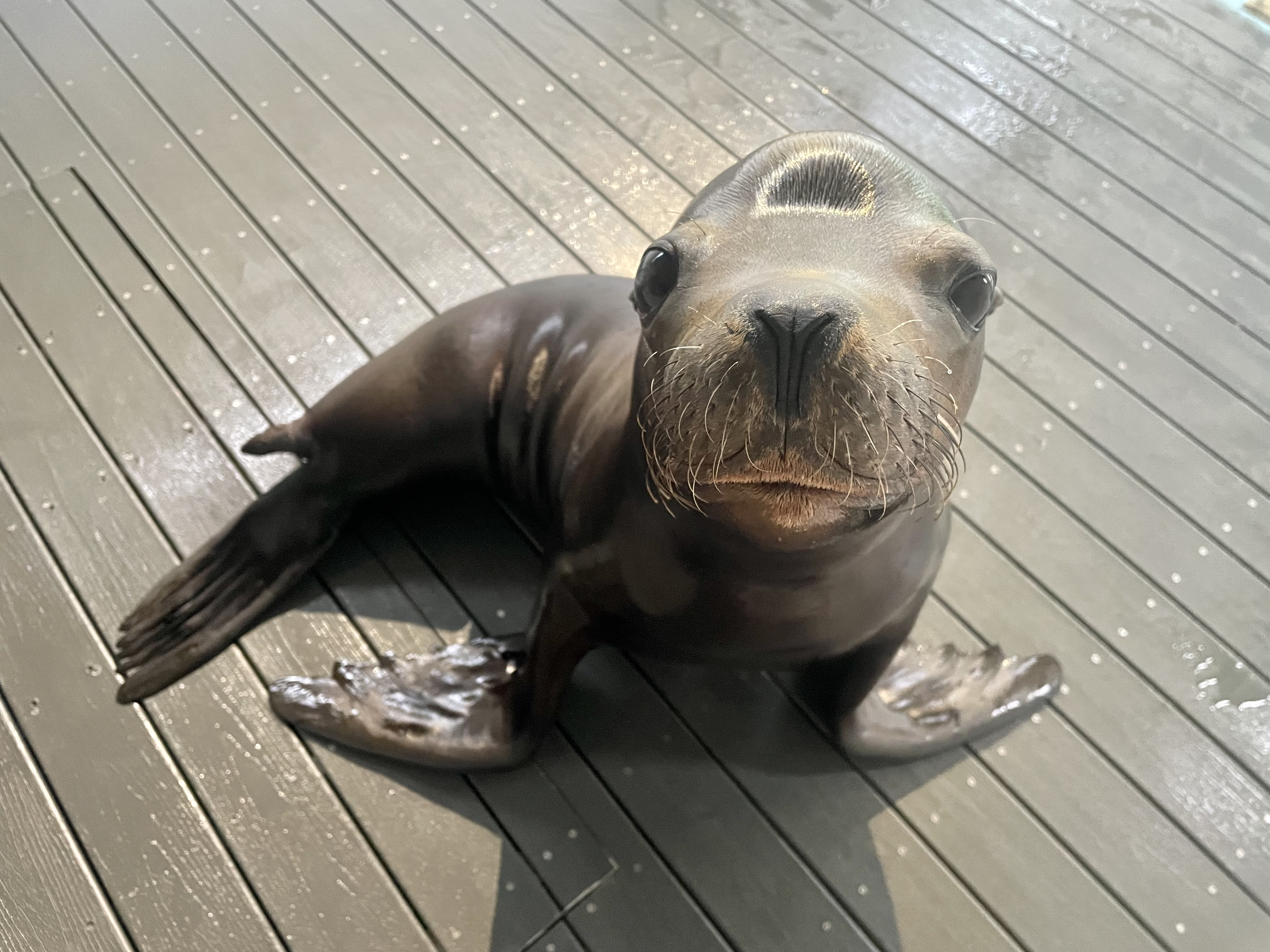 Our Locations
Our Locations
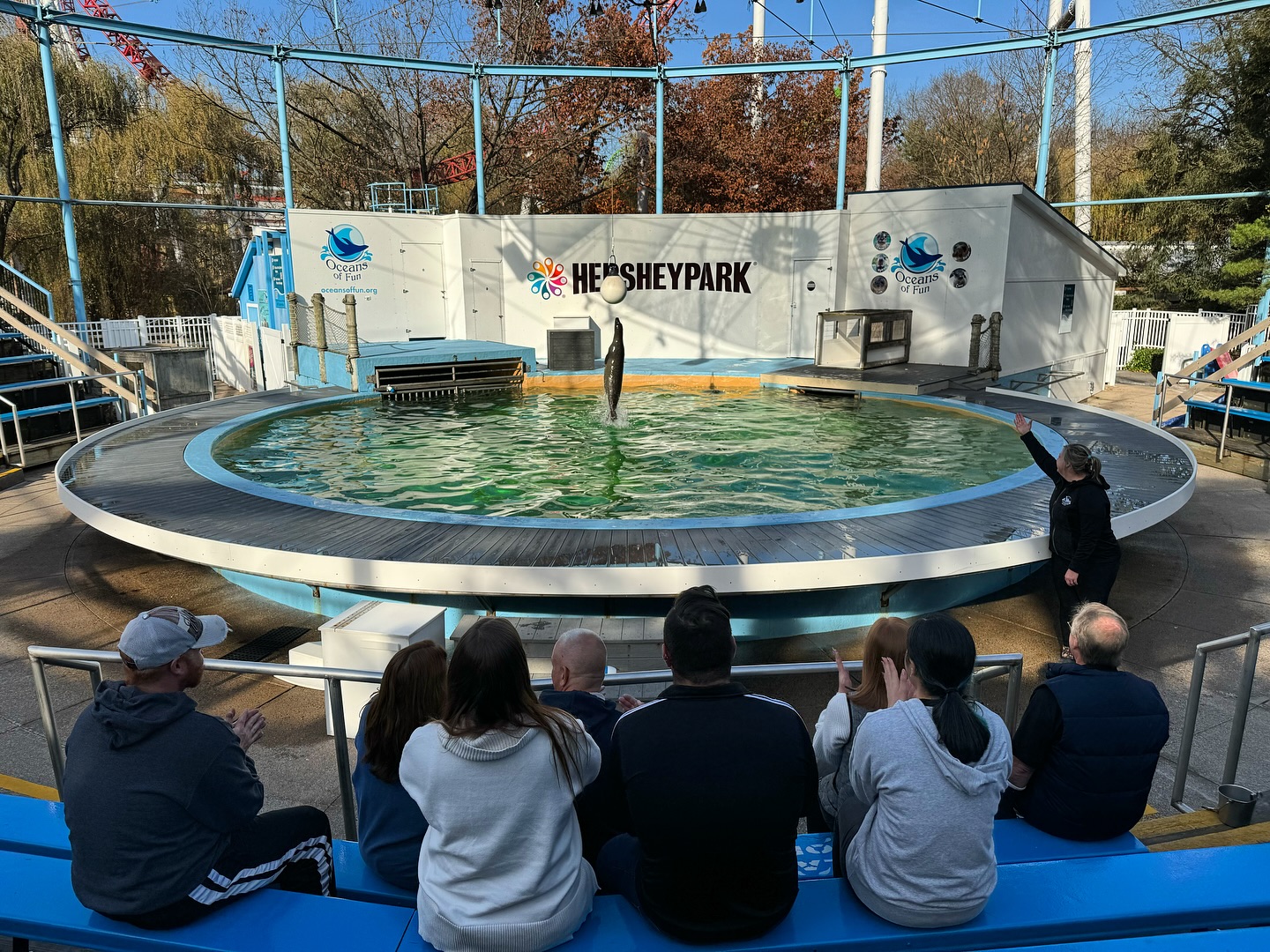 Family Fun
Family Fun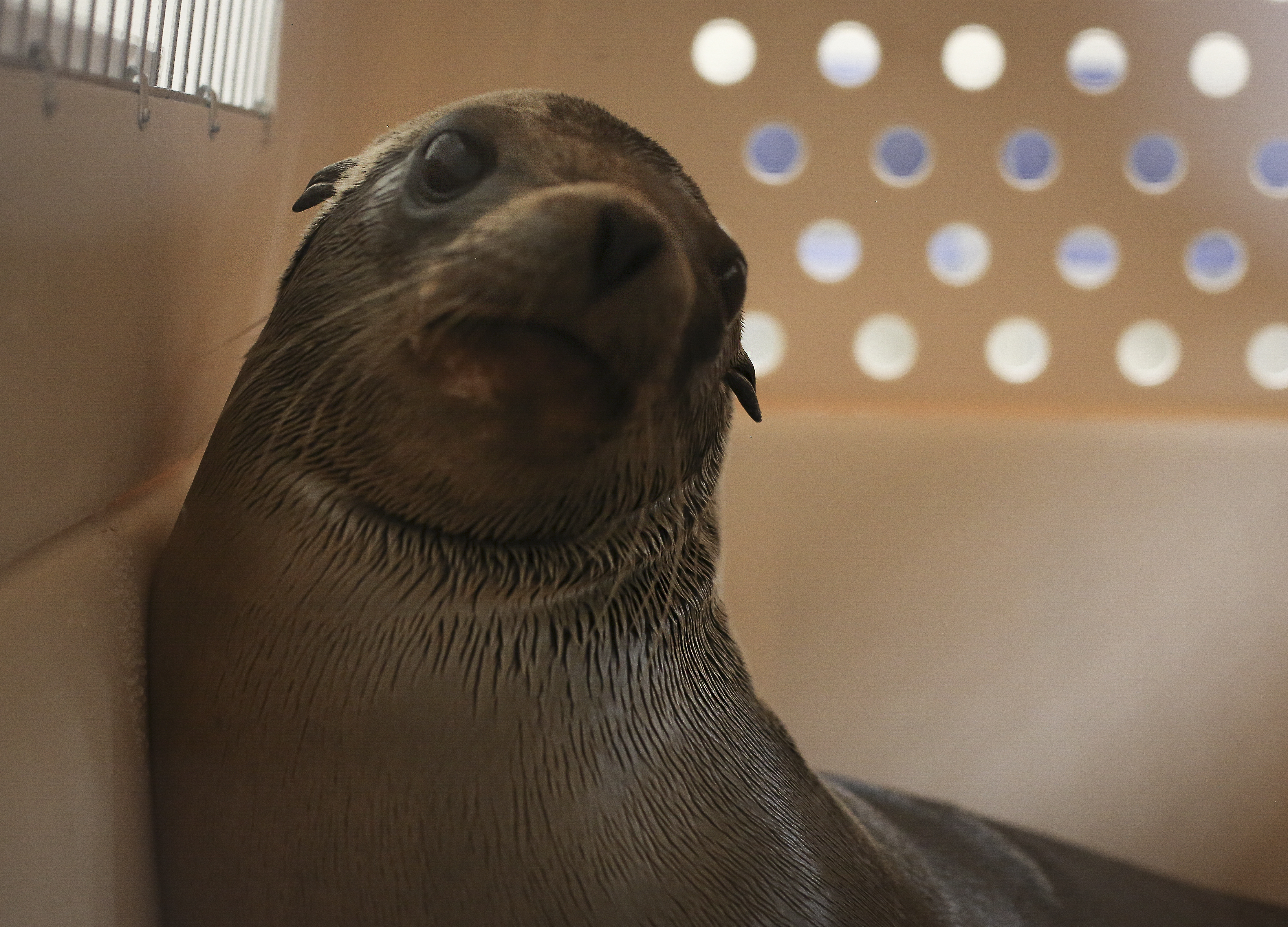
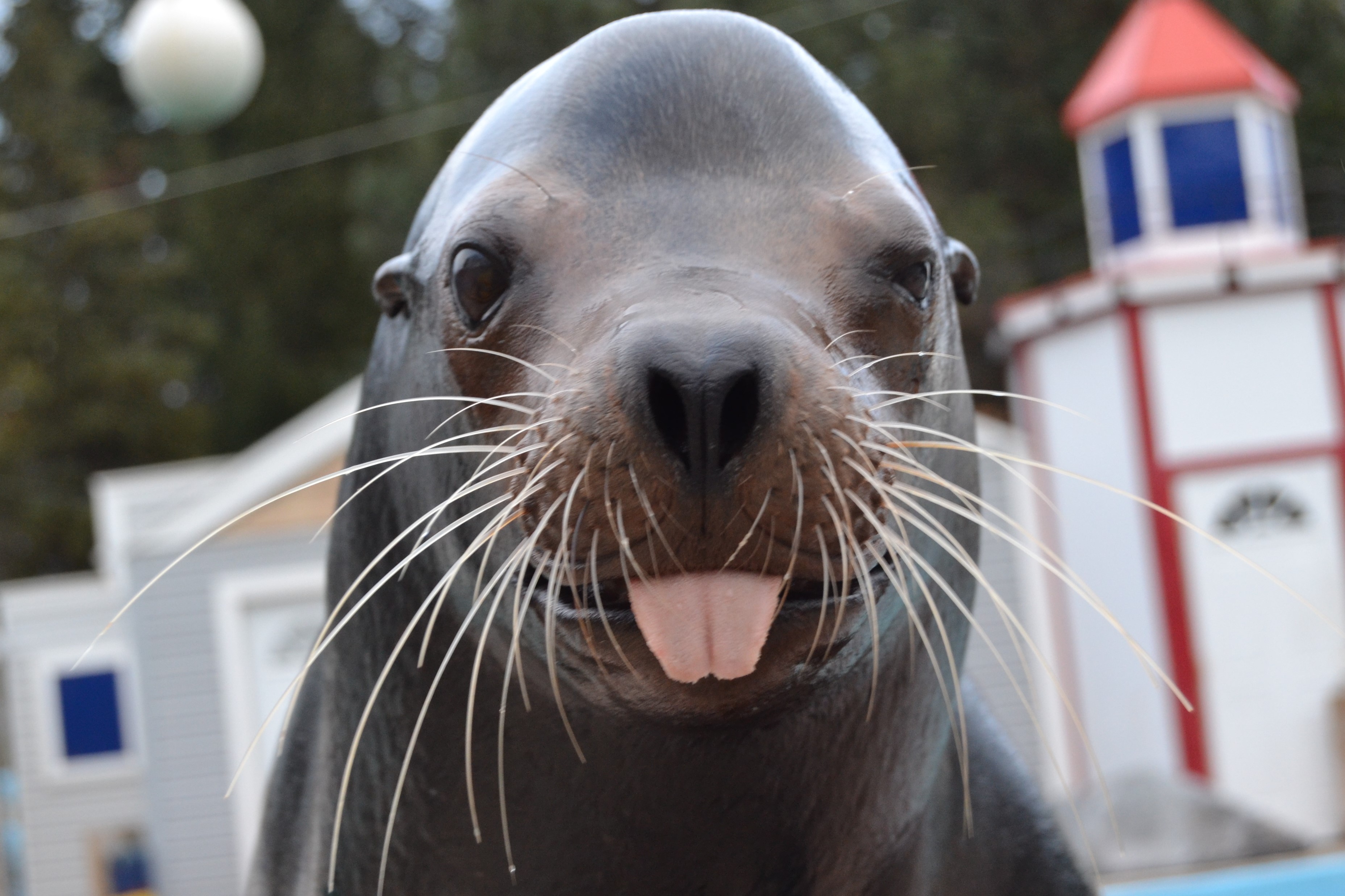
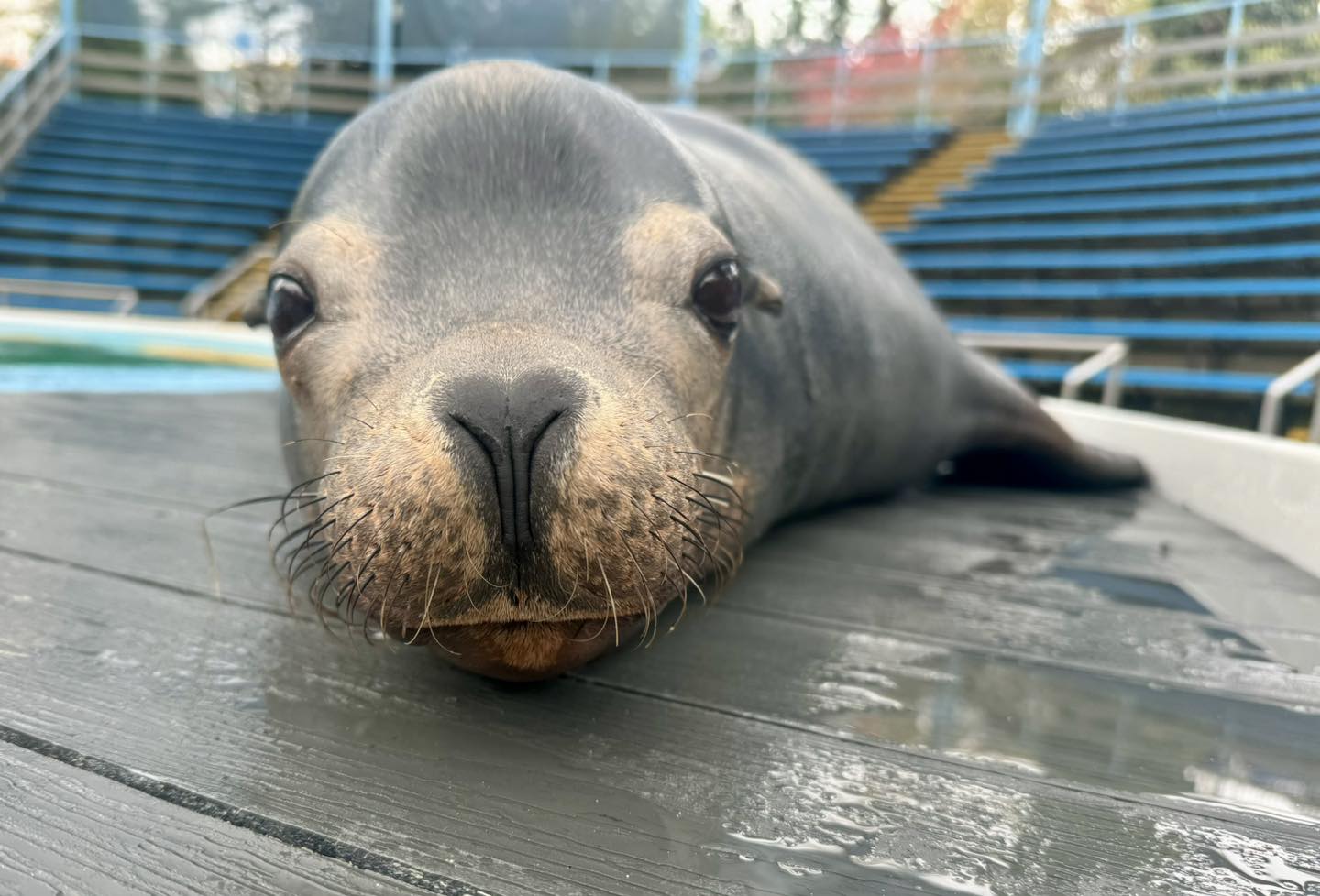 Meet Ripley!
Meet Ripley!

